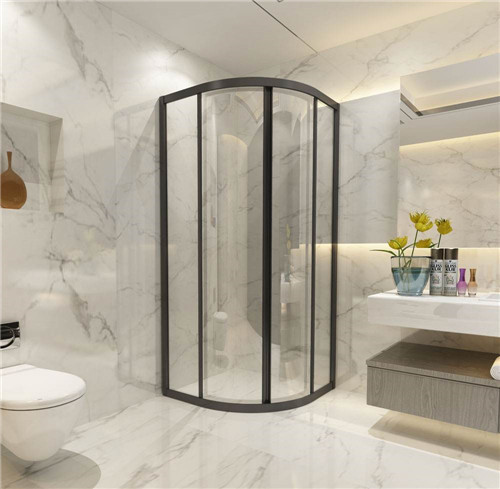Welcome To Hawkrown Professional
Are You Visiting As A Business Buyer (wholesaler/retailer) Or A Homeowner?
Business Buyer
Continue Here >Homeowner
Shop Retail Store >
Home / Blog Center / Chargers / How to Fix Slow Shower Drain: Effective Solutions
30/12/2024 | Hawkrown
With the improvement of people's living standards, more and more families are installing shower rooms. However, this raises a question: do you know how to address slow drainage in a shower room? What causes slow drainage in a shower room? Let me briefly introduce these topics.
How to deal with slow drainage in a shower room
If the shower room's floor drain is of the bowl cover type, you can remove it to clean out debris and use a wire hook to clear the drainage pipe. If that doesn’t work, you may need to purchase a professional drain cleaning agent from a supermarket to clean the pipes. Of course, if you’re unsure how to proceed, you may need to call a professional to help with the blockage.
What causes slow drainage in a shower room

Situation one: Poor slope treatment in the shower room
Professionals should know that during showers, to ensure water drains smoothly into the floor drain, the floor drain is typically positioned at the lowest point of the bathroom, sitting 1 to 2 millimeters lower than the tiles.
There are two common mistakes people make regarding the slope: First, the floor may be level everywhere; second, there may be no slope from the edges of the tiles to the floor drain.

Situation two: The position of the floor drain is too far from the showerhead
In this situation, it's often hard for people to notice there is a problem, but this design is quite impractical. If the floor drain is located directly opposite the showerhead, water will accumulate significantly on one side; combined with the longer distance for drainage, the drainage speed will be relatively slow.
If your home has this design, it can be quite troublesome since you will have to clean up standing water after each use. It's recommended that when determining the position of the floor drain, it should be placed on the same side as the showerhead.
Situation three,Incorrect type of floor drain

If both the shower room slope and floor drain installation are done according to standards, yet there is still standing water and slow drainage, the likely issue is that the wrong type of floor drain was chosen.
Currently,there are two commonly used types of floor drains: U-shaped and T-shaped. The U-shaped floor drain resembles a bell jar, providing good water sealing but has the significant drawback of slow drainage speed, making it suitable for infrequently used or dry areas. In summary, I believe the T-shaped floor drain is more suitable for shower rooms.

In conclusion:after reading the above introduction, I believe you have a better understanding of how to handle slow drainage in shower rooms. For more related information, please continue to follow our website, as we will present more exciting content in the future.
Are You Visiting As A Business Buyer (wholesaler/retailer) Or A Homeowner?
Business Buyer
Continue Here >Homeowner
Shop Retail Store >